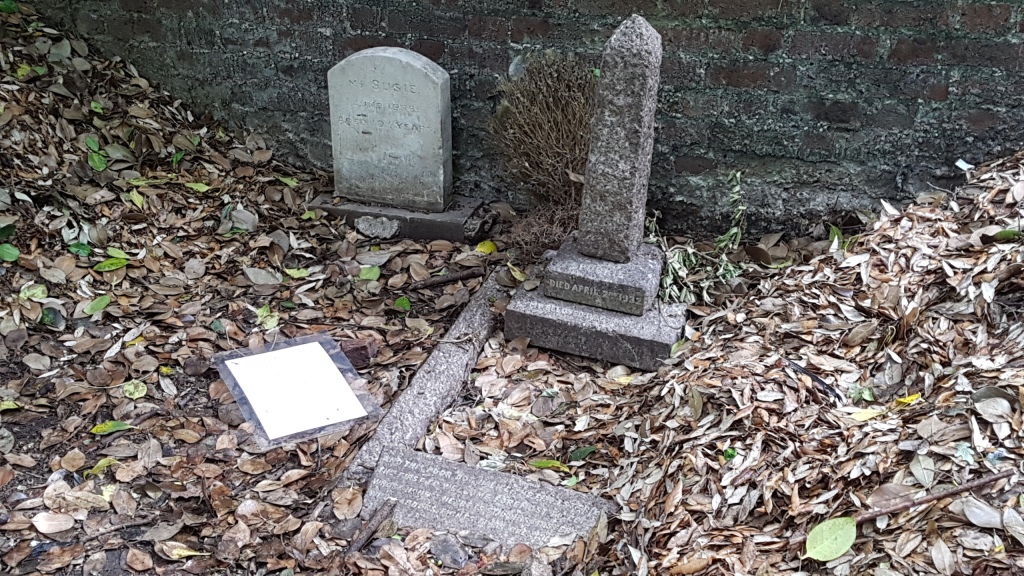
Derek Jarman was a Film Producer and in the 1980’s he bought Prospect Cottage in Dungenesss and turned it into a haven. With a lifelong interest in gardening he set about making a garden on the beach, not only with flowers but art pieces made from beach finds. The walls of the cottage also contained his art works.

When he died there was the possibility that the cottage might be sold and turned into a holiday cottage. The Art Fund stepped in to save this unique cottage by crowdfunding, and they were lucky encough to raise the funding to buy it.

The Garden Museum in Lambeth has a selection of Jarman’s art works, letters, books, journals and tools on display. It is only a small exhibition, but they have done it very well. They have created a room with a mock up cottage set on pebbles, so when you walk in it feels like you are on the beach. On the walls the cottage is depicted with the surounding scenery, the Nuclear Power Station in the background. Inside the installation are three rooms. One has a film running, a film Jarman took on the beach. Opposite are the other two rooms, the first contains a case with the journals, letters and photos, the other room has desk in from of a window overlooking the pebble beach.


This is indeed a unique cottage, and hopefully, in time, it will be possible to visit the real thing.



The Garden Museum itself has undergone renovations since I was last there. They have a brand new cafe area around the garden and a learning space for schools and groups. Also here on the ground floor is the history of the church, the former St Marys-at-Lambeth, the oldest church in Lambeth. You can see the walk in baptismal font and there is a tower with over 300 steps from where you get a good view of the River Thames (haven’t been up there yet).


Upstairs you find gardening through the ages, with tools, photos, paintings and methods, posters and, let’s face it, nostalgia! Also from up here are good views of the stained glass windows. I remember the museum as being bigger, but maybe its the way the space is being used now.




While renovation was taking place there was a surprise find. It wasn’t thought the church had a crypt as it was so close to the river and would have flooded. However, when taking up some floor slabs they found lead coffins beneath. It turned out there were five former Archbishop of Canterbury’s buried there, along with others. Around twenty or so coffins have been found. You can read all about it here. There is also a short video about the find.

The Garden Museum was set up in 1977 to honour John Tradescant (1570-1638), who was the first gardener and plant hunter in British history. He is also buried at the church. The church was due for demolition. Thank goodness it was saved.

You can walk to the museum from Waterloo station (17 mins), or take the tube to Lambeth North.. The museum is opposite Lambeth Bridge.























































